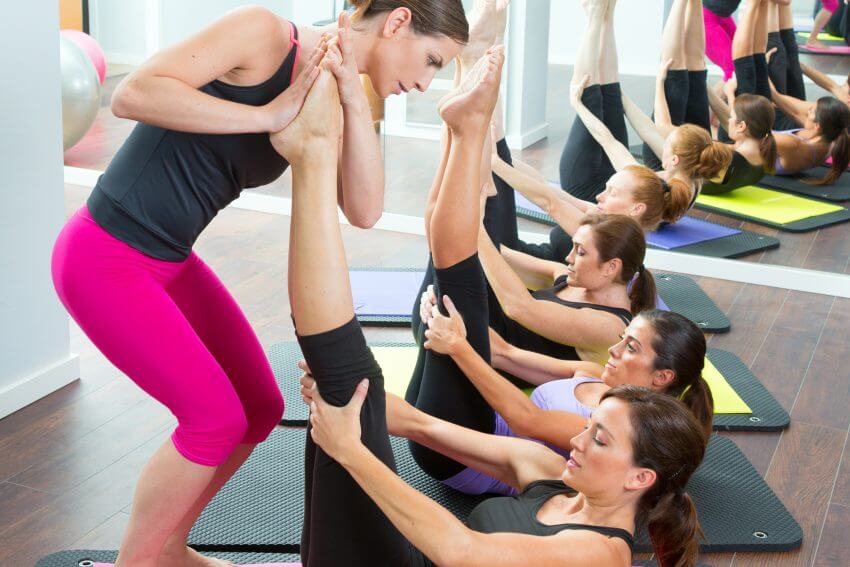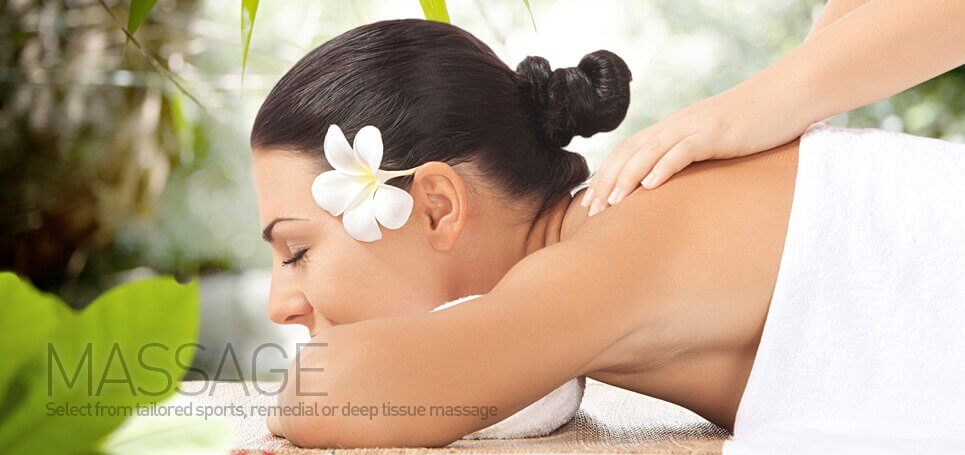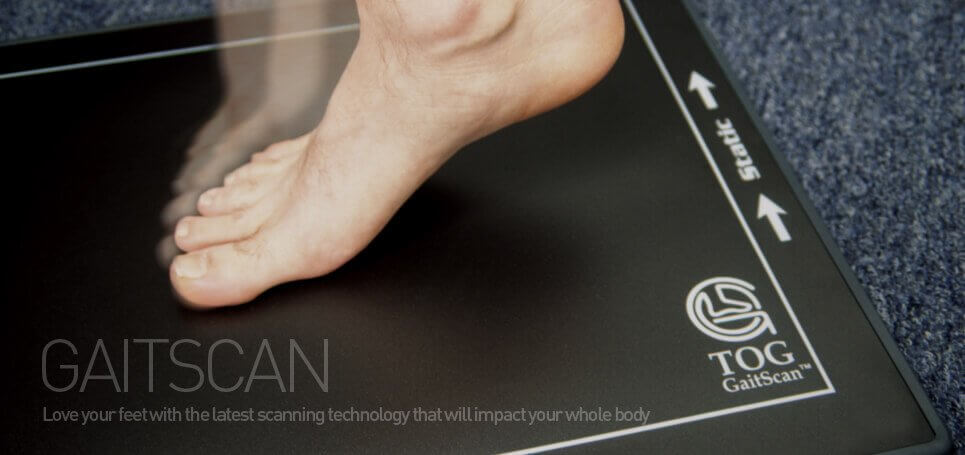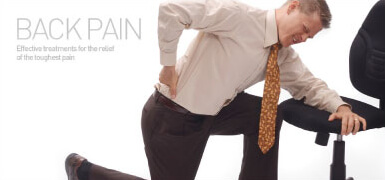Plaster, Casts
and Braces
Injured bones, joints, and tissues require
immobilisation through plaster, casting, or bracing.
At Pro-Fit Physio and Allied Health Centre,
our experienced physiotherapists offer a range
of plaster and casting options depending
on the body part injured.
At Pro-Fit Physio
- We have Waterproof Fibreglass casts, which are highly effective at promoting fracture healing in the foot and hand. Being waterproof, the Fibreglass casts can be worn in the shower, thus maintaining limb hygiene.
- We stock a selection of high-quality wrist braces and casts that guard the small joints of the wrist during sports as well as relieve irritations resulting from repetitive strain injuries.
- Our Pneumatic Boots available in various sizes can drastically speed the recovery time of sprained ankles and get you back on your feet faster.
What are Plaster Casts and Braces?
Casts are made of fibreglass or plaster and applied to prevent movement of, or immobilize, a specific joint/area. While casts need to be kept dry, at Pro-Fit Physio, you can reap the benefits of waterproof fibreglass casts. These casts, unlike the traditional ones do not fall apart when they get wet. Moreover, the fibreglass casts that we offer to our patients emit negligible sweat and odor and thus maintain the limb hygiene.
The simplest braces are made of cork or cardboard, fixed in one place with elastic bands. Another type of brace is a compression sleeve. Braces serve to compress and rest the affected area as part of the RICE (rest, icing, compression, and elevation) protocol. They also allow protected and controlled movement during rehab of an injured limb. They are available for almost all limbs, including but not limited to elbow, arm, forearm, wrist, hand, thumb, knee, and ankle.
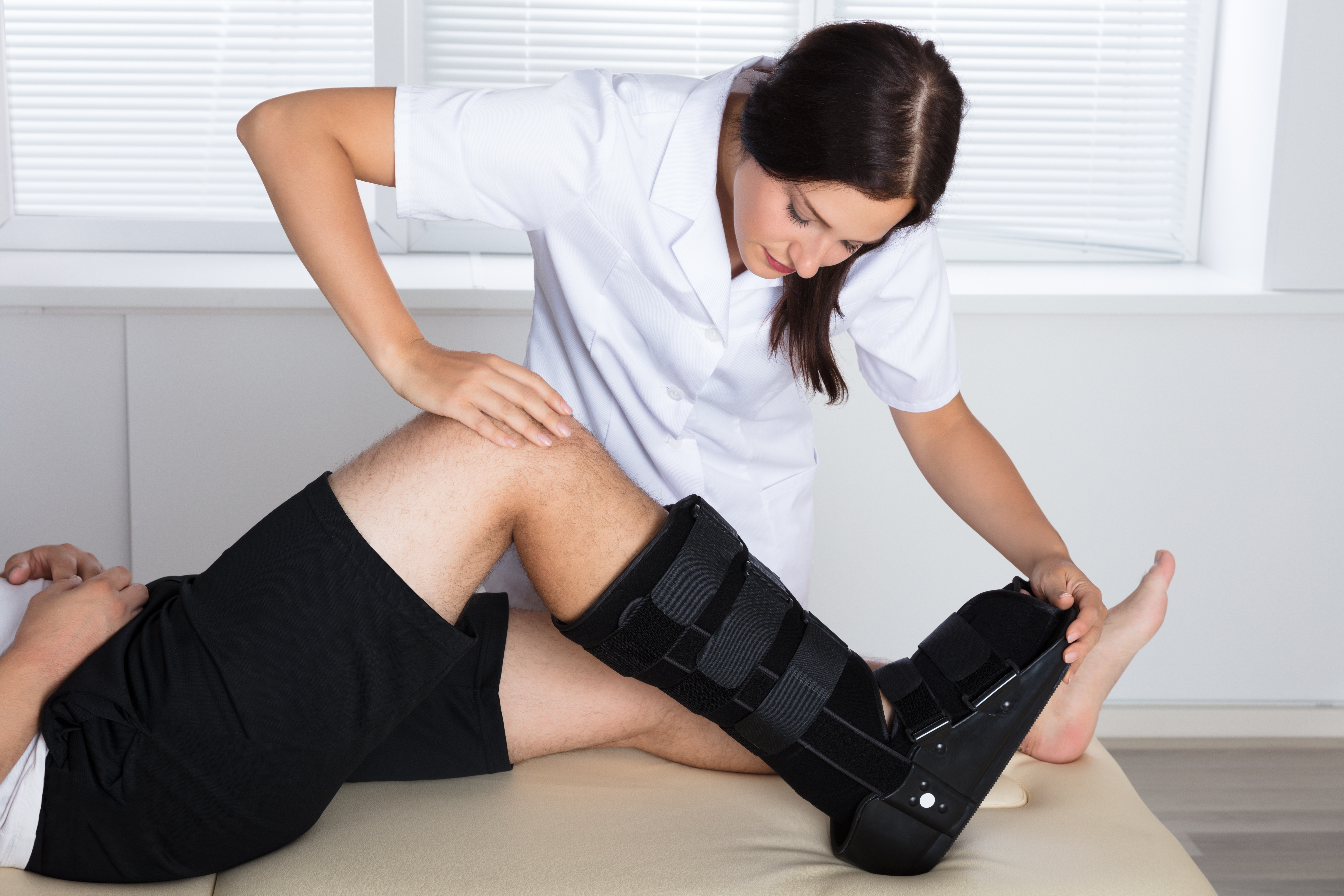
Injuries that require casting or bracing
Supportive devices, especially braces can help almost all injuries. The most common ones are listed below:
Bone fractures
A broken bone is the most common condition treated by casting. The cast shields and shores up the fractured bone. It serves to prevent movement of the affected limb, holding the broken bone in its position so that it can heal completely. Make sure not to put pressure on the cast until it fully hardens.
Tennis/ Golfer’s elbow
In these conditions, there is inflammation of the tendons attached to the bony bump of your elbow. Using plaster-cast immobilization for these conditions is not effective, given that the pain usually recurs after activities are resumed. On the other hand, using a functional immobilizer such as a brace on the elbow appears to be promising. By limiting the expansion of the muscles in the upper third of the forearm, bracing may reduce the force on vulnerable or sensitive areas. Bracing is applied only after the pain is controlled.
Grade 3 ankle sprains and strains
Ankle injuries, particularly ankle sprains, are the most common sporting-related injuries, comprising about 5.9% of these injuries. Grade 3 sprains are usually unstable with one or more torn ligaments and are pretty slow to heal. Hence, immobilizing the injured ankle with a plaster cast or brace is of utmost importance.
Knee injuries
Knee injuries like ligament injuries or patellar (kneecap) dislocation also benefit from bracing and casting. The rate of redislocation is higher with bracing than with casting. Our physiotherapists will assist you in finding the option that’s best for you.

